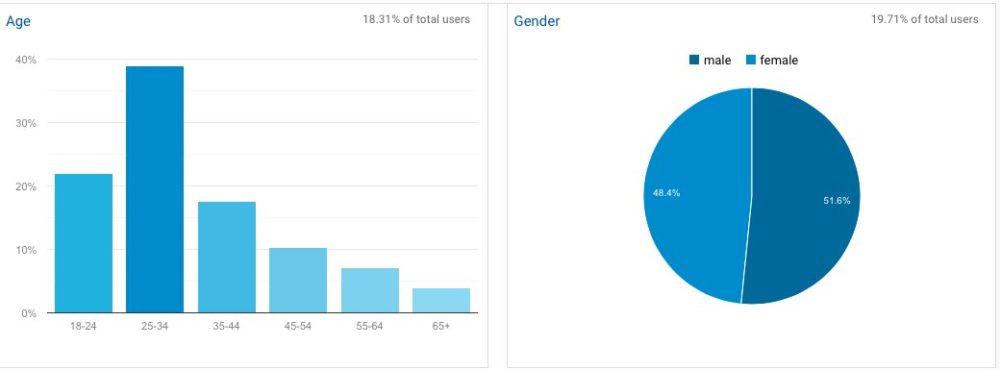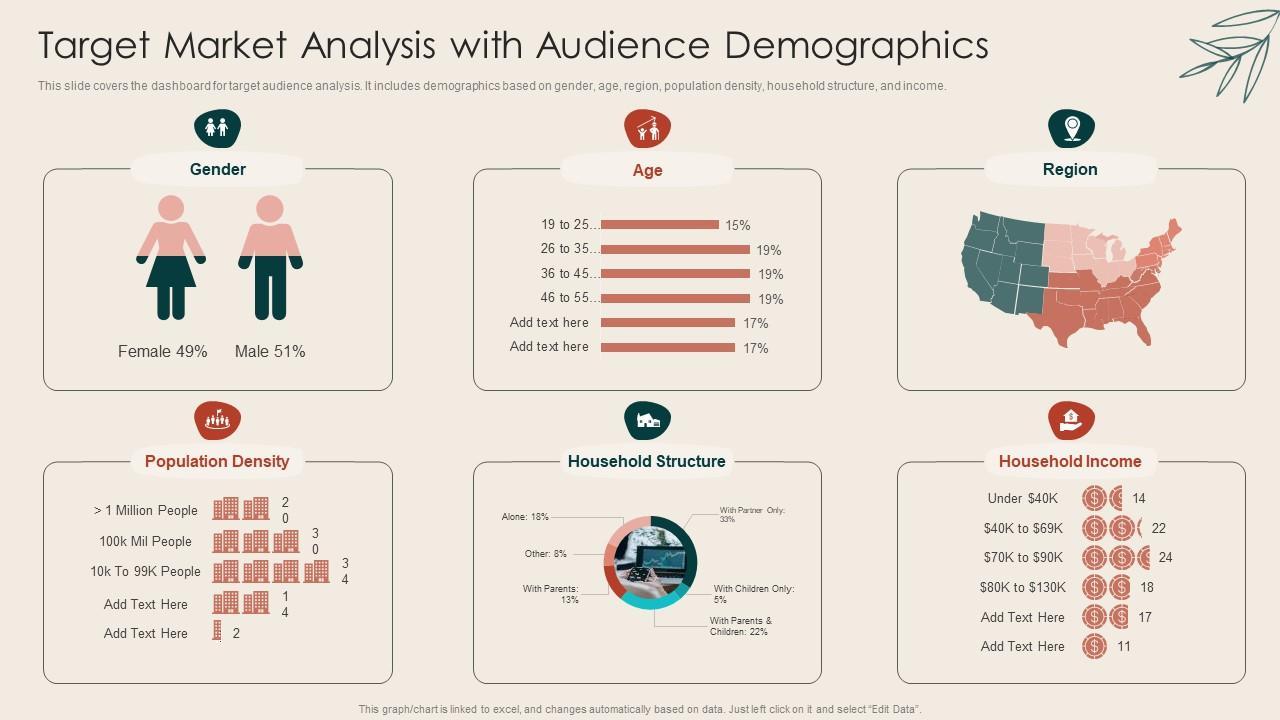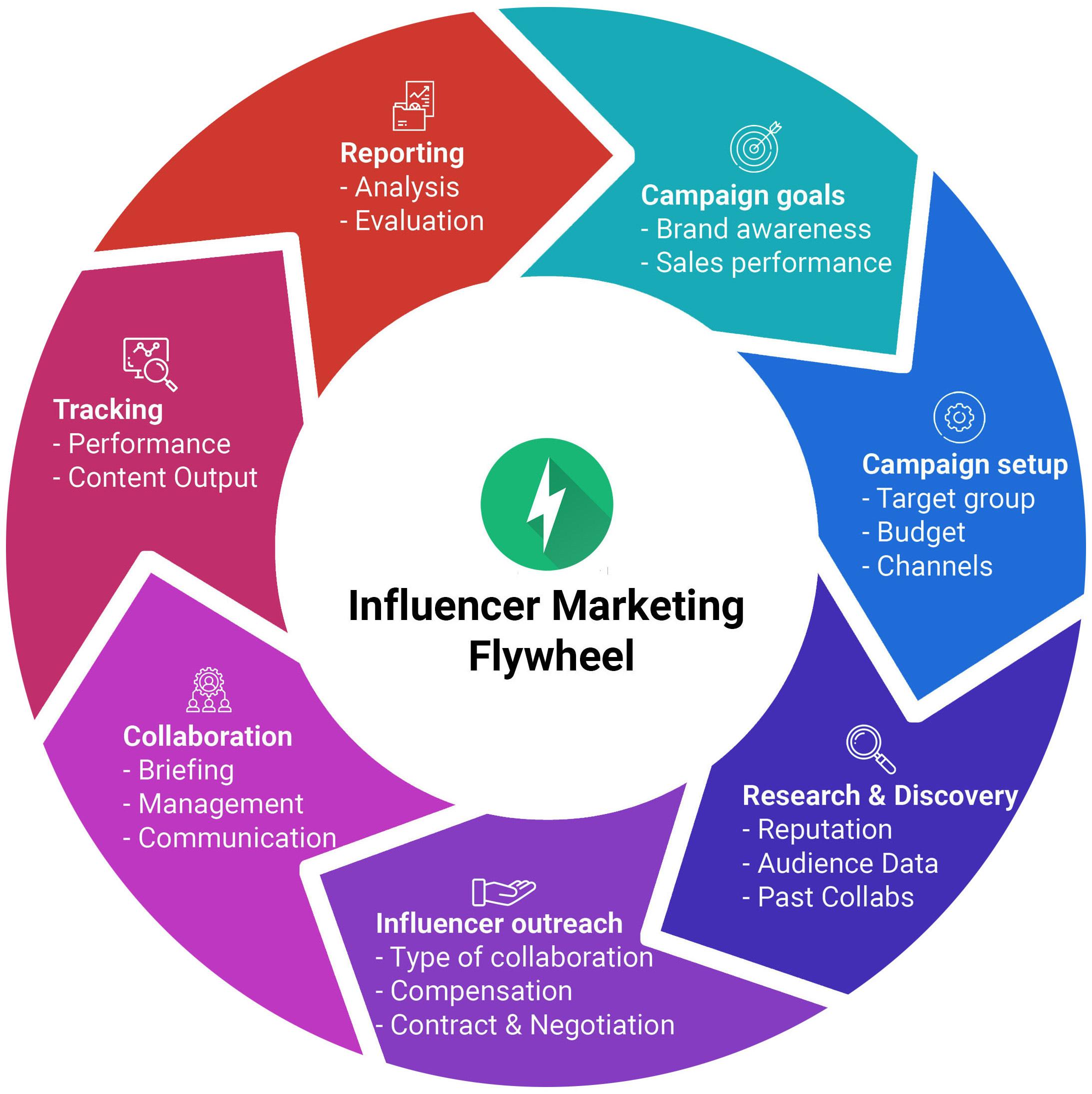
In the vibrant landscape of digital marketing, where trends ebb and flow like the tides, one factor remains a constant beacon for success: the audience. Understanding audience demographics has become an essential compass for brands navigating the complex world of influencer marketing. As businesses strive to connect authentically with consumers, the nuances of age, gender, location, interests, and behaviors take center stage, shaping strategies that resonate. This article delves into the critical importance of demographic insights in influencer marketing, illuminating how a deep understanding of one’s audience not only amplifies reach but also fosters meaningful connections. Join us as we explore the intersection of demographics and influence, and uncover how tapping into the right audience can transform campaigns from mere promotions into impactful conversations.
Exploring the Landscape of Audience Demographics in Influencer Marketing
In the vibrant world of influencer marketing, understanding audience demographics is crucial for crafting effective campaigns. Influencers act as bridges between brands and their target markets, and knowing who these audiences are enables marketers to harness the full potential of their collaborations. Age, gender, location, and interests are just a few of the demographic factors that shape consumer behavior and preferences. Segmentation based on these criteria allows brands to tailor their messages, ensuring they resonate deeply and foster engagement. As an example, targeting a younger audience through platforms like TikTok might require a different approach than engaging an older demographic on platforms like Facebook.
Moreover, evaluating audience engagement levels can enhance campaign success.By analyzing metrics such as likes, shares, and comments, brands can discern which demographics are most responsive to influencer content. Here’s a quick look at some key demographic groups that brands often target in influencer marketing:
| Demographic Group | Preferred Platforms | Content Types |
|---|---|---|
| Generation Z | Instagram, TikTok | Short videos, memes |
| Millennials | Instagram, YouTube | How-tos, vlogs |
| Generation X | Facebook, Instagram | Reviews, lifestyle posts |
| Baby Boomers | Facebook, Pinterest | informational articles, nostalgia content |
Understanding these nuances not only helps in selecting the right influencers but also in crafting tailored messaging that speaks directly to the heart of each demographic. Thus,marketers are empowered to build authentic connections that not only promote products but also foster brand loyalty.

Decoding the Importance of Data-Driven Insights for Targeted Campaigns
In the rapidly evolving world of influencer marketing, harnessing data-driven insights transforms the way brands engage with their target audiences. By analyzing audience demographics such as age, location, gender, and interests, marketers can craft campaigns that resonate more effectively. This process enables brands to identify not just who their audience is, but also what they care about, allowing for tailored messaging and improved authenticity in partnerships with influencers. Through meticulous data analysis, marketers can strike the right balance between creativity and strategic targeting, resulting in campaigns that are both relatable and impactful.
furthermore, leveraging these insights leads to smarter allocation of resources, optimizing budget spending, and ensuring that influencer collaborations yield maximum ROI. By focusing on specific demographics, brands can:
- Enhance engagement rates by connecting with followers who share common interests.
- Boost conversion rates by targeting consumers more likely to relate to the product or service.
- Foster brand loyalty through personalized experiences that resonate with particular segments.
This strategic use of data not only amplifies the effectiveness of influencer partnerships but also positions brands to adapt swiftly to changing market trends, ensuring ongoing relevance and growth.

Tailoring Your Influencer Strategy to Match Audience Preferences
To craft a triumphant influencer strategy, it is indeed essential to consider the unique preferences and behaviors of your target audience. Start by analyzing demographic data, identifying key characteristics such as age, gender, location, and interests. This details will enable you to select influencers who not only align with your brand but also resonate with the audience’s values and preferences. Consider focusing on influencers who are known for their authenticity and engagement, as this fosters a genuine connection with their followers. Key factors to evaluate include:
- content Style: Dose it align with your brand image?
- Engagement Rate: How actively does their audience interact?
- Niche Authority: Are they a trusted figure in your target market?
Additionally, it is indeed vital to adapt your messaging and campaign strategies based on audience insights. Tailor your content to reflect the interests and preferences of your demographic. for example, a younger audience may respond better to short, entertaining video content, while older consumers might prefer informative blog posts. here’s a simple overview of content types that resonate with different demographics:
| Age Group | Preferred Content Type | Platform |
|---|---|---|
| 18-24 | Short Videos | Instagram, TikTok |
| 25-34 | Blogs, Tutorials | YouTube, Facebook |
| 35-44 | Podcasts, Webinars | Spotify, LinkedIn |

Measuring Success: Evaluating Demographic Impact on Influencer Collaborations
To effectively evaluate the impact of influencer collaborations, it’s crucial to delve into the demographics of the audience each influencer reaches. Understanding factors such as age, gender, location, and interests not only helps brands choose the right influencers but also allows them to tailor their messages for maximum resonance. Analyzing these elements can provide insights into consumer behavior and preferences, which can substantially enhance campaign performance.
When measuring success, consider utilizing a structured approach that includes the following key metrics:
- Engagement Rate: Track likes, comments, and shares to gauge audience interaction.
- Audience Growth: Monitor follower increases to assess influencer reach.
- Conversion Rate: analyze how many audience members made a purchase or took action post-collaboration.
- Sentiment Analysis: Evaluate audience reactions to campaigns to understand overall perception and appeal.
| Demographic Factor | Influencer Type | Potential Impact |
|---|---|---|
| Age Group 18-24 | Micro-Influencers | High Engagement |
| Age Group 25-34 | Macro-Influencers | Brand Awareness |
| Age Group 35-44 | Industry Experts | Trust & Credibility |
The Conclusion
As we navigate the intricate landscape of influencer marketing, it becomes increasingly clear that understanding audience demographics is not just an option—it’s a necessity. By aligning your brand with influencers whose followers reflect the values, interests, and characteristics of your target market, you not only enhance the effectiveness of your campaigns but also foster genuine connections with potential customers.
As you embark on your influencer marketing journey, remember that every like, share, and comment carries with it a wealth of information. Embrace the power of data, dig deeper into the nuances of audience demographics, and let these insights guide your strategies.
In a world overflowing with noise, authentic engagement is the key to cutting through the clutter.With the right influencers at your side, backed by a solid understanding of who they reach, your brand is poised to resonate in a meaningful way—turning casual viewers into loyal advocates. As you look to the future, let this knowledge be the compass that guides your marketing efforts, paving the way for enduring success in the ever-evolving digital marketplace.